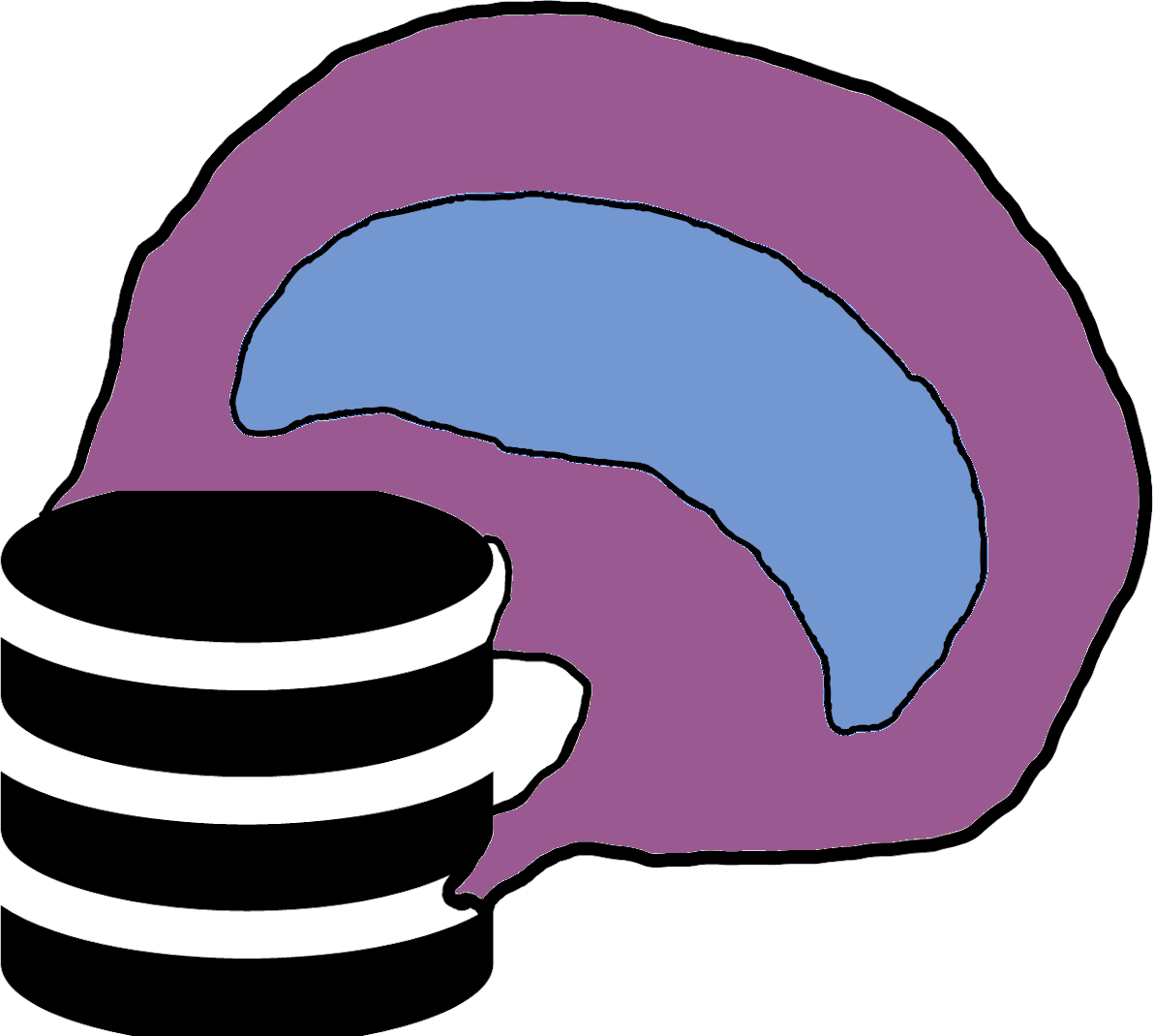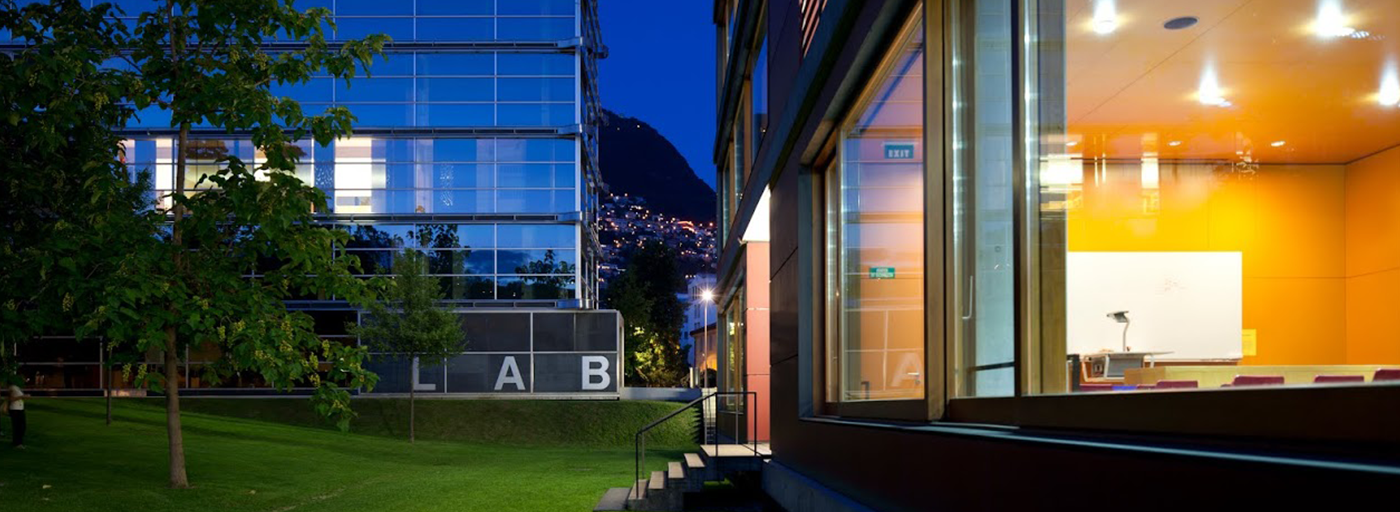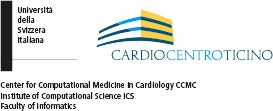
Tags: data science cells tracking datase
Immunemap
Biobanks are structured collections of biological samples, which are of paramount importance for biomedical research. Indeed, due to the complexity of biological processes, samples generated to answer one specific question can be reused to address additional questions. In this application, we consider the case of microscopy acquisitions in living animals. Although living animals cannot be stored in a biobank, the digital data acquired via microscopy can.We focus on the immune system, which has a critical role in inflammation, infection, autoimmunity, and cancer. These pathologies are amongst the major causes of death and chronic disease in the world, with a high socio-economic impact.However, the function of the immune system relies on a complex network of cellular interactions which remains largely unexplored and unknown.Microscopy opens the possibility to visualize and investigate this network of interactions. Amongst the microscopy platforms available, 2-photon intravital video microscopy (2P-IVM) records videos of cells migrating and interacting in organs and tissues of living organisms. This has the potential of unraveling novel cellular interaction patterns which not appreciable by other imaging methods. Unfortunately, the full exploitation of 2P-IVM data has the following limitations•Each video captures a limited (spatiotemporal) window to observe a systemic reaction.•A single research group can generate a restricted amount of data, in specific organs and experimental conditions, due to the high cost and time required for the acquisition and analysis of the videos.•Currently, research institutes keep data and metadata in biobanks which are not interoperable nor accessible.•Public microscopy datasets (i.e. Cell Image Library) do not include a comprehensive amount of 2P-IVM data.•Data analysis (i.e. computer vision and pattern recognition) methods are not sufficiently validated on 2P-IVM data.Therefore, there is a lack of data, which hampers a complete vision of the immune system.With this project, we fill the gap by making data from a large network findable/accessible/interoperable/reusable, opening new perspectives for data-driven immunological research in Switzerland and worldwide.We will achieve it by developing a “biology in the cloud” IT Infrastructure named IMMUNEMAP. This will provide a homogenized way to find and access data and metadata from different biobanks, which will be linked to the infrastructure. We will start by connecting to the system the biobanks provided by the project partners, which include an excellent combination of 2P-IVM videos captured in different organs and experimental conditions. Then, we will make the system open for the subscription of additional biobanks or the submission of independent 2P-IVM data.IMMUNEMAP will provide access to a sufficiently extended amount of data to solve the following scientific questions:•Discovery novel biologically relevant mechanisms of the immune system.•Validate computer vision and data mining methods for 2P-IVM.•Defining experimental standards for intravital imaging experiments in different organs and research models.We retain that the proposed project is crucially needed to support data-driven immunological research. Moreover, we consider that this platform would be a precious source of information, saving time and research costs.
Prof. Dr. Rolf Krause; PI; ICS
Professor Santiago Gonzales; PI; IRB
PhD Diego Pizzagalli; ICS
Mr. Benedikt Thelen; ICS
IRB;
SNF Biolink (189699);
;




